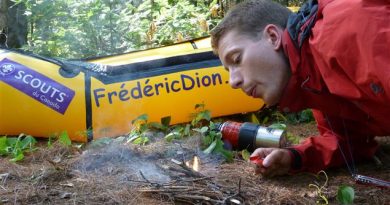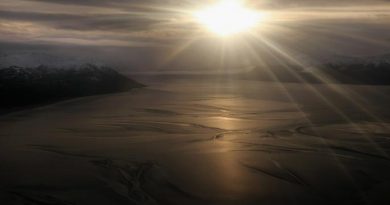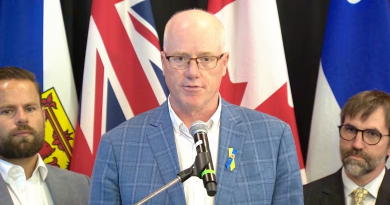Monument to residential school survivors, victims to be built on Parliament Hill
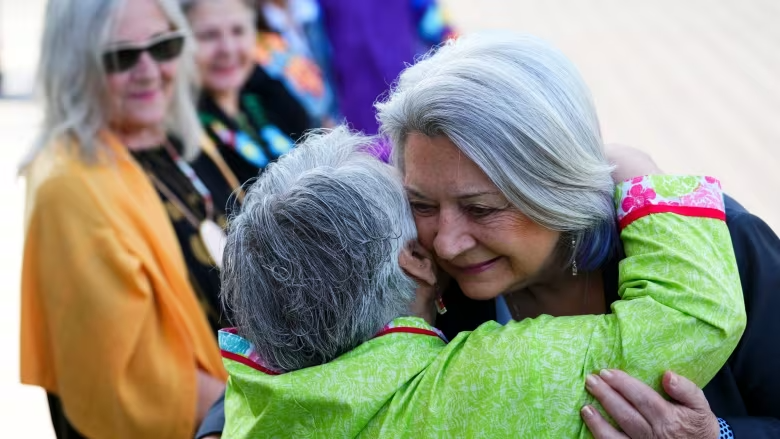
· The Canadian Press
Governor General says monument is a ‘significant’ step toward reconciliation
A survivor-led steering committee announced Tuesday that a monument commemorating survivors and victims of residential schools will be built on the west side of Parliament Hill.
Ottawa appointed the committee in April 2022 to select a site for a national residential schools monument in keeping with one of the Truth and Reconciliation Commission’s calls to action.
Gov. Gen. Mary Simon said at a ceremony Tuesday morning that the monument is a “significant” step toward reconciliation.
“While reconciliation and healing has no end date, and it doesn’t involve just one act or project, I would like you to remember every act is important. And this act is significant,” Simon said in her speech at the ceremony.
“The site selection on Parliament Hill allows as many Canadians as possible the opportunity to see this monument. It represents our history.
“So near to the House of Commons, it will serve as a constant reminder to parliamentarians that the policies and laws they create, debate, legislate and enforce have consequences.”
Location to be determined
The steering committee says it worked in collaboration with the Algonquin Anishinabe Nation and residential school survivors to determine the location of the monument.
Prime Minister Justin Trudeau and Heritage Minister Pablo Rodriguez both attended the ceremony.
Jimmy Durocher, a Métis residential school survivor and member of the steering committee, said it’s important that the monument encapsulate the effects residential schools have had on Canada’s past, present and future.
“This is not finished,” Durocher said during the ceremony. “This business of finding unmarked graves is not done.”
Durocher said Canadians need to acknowledge the history of residential schools and know the truth.
“The truth is sometimes very, very difficult. I know it’s hard for me,” he said.
“I’m an elder. I’m 83 years old and I find it very difficult to imagine something like this could happen to us here in Canada. But it happened. But you want to know the positive side of it? We’re still here.”
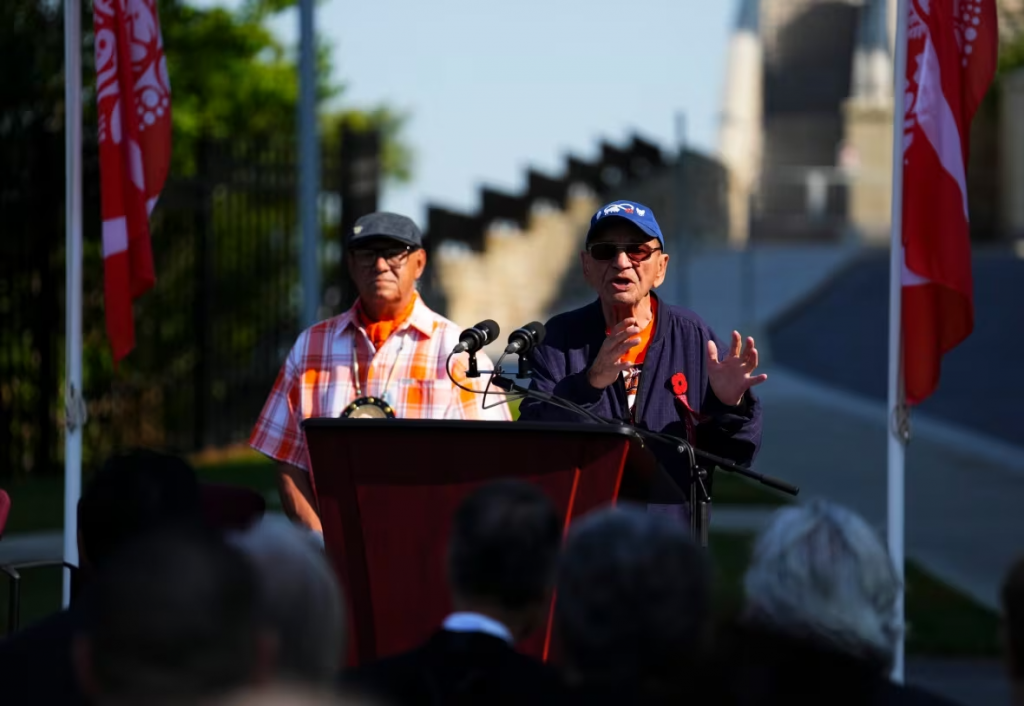
The last remaining residential school closed in 1996.
The Truth and Reconciliation Commission of Canada, which launched in 2008 and delivered its final reports in 2015, called the Canadian residential school system a government-supported form of “cultural genocide.”
The commission estimated that more than 4,000 Indigenous children went missing from the schools across Canada.
Murray Sinclair, the former judge and senator who chaired the commission, has said he believes that figure was an underestimate and suggested the missing children could number “well beyond” 10,000.
Kimberly Murray, Canada’s special interlocutor on unmarked graves, raised concerns in an interim report this week about increasing attacks from “denialists” who challenge communities when they announce the discovery of possible unmarked graves.
The Liberal government created her role as it looked for ways to respond to First Nations from across Western Canada and in parts of Ontario using ground-penetrating radar to search former residential school sites for possible unmarked graves.
Murray’s final report is due next year and is expected to contain recommendations on how the federal government can help communities search for the children who died and disappeared.
Related stories from around the North:
Canada: “We still have a lot of healing to do with our fellow Canadians” – National Day for Truth and Reconciliation observed September 30, Eye on the Arctic
Greenland: Danish PM apologizes to Greenlanders taken to Denmark as children in 1950s, Eye on the Arctic
Norway: Norway truth commission details country’s dark history of assimilation, CBC News
Sweden: Sami in Sweden start work on structure of Truth and Reconciliation Commission, Eye on the Arctic
United States: U.S. launches effort to document history of Indigenous residential schools, The Associated Press

